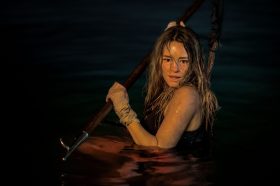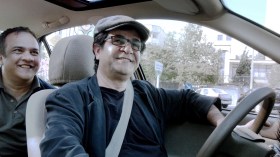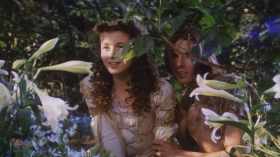This is the story of a city that once ‘connected Palestine to the world’ – what it once was, what it is now, and what it could have become.
In Lyd, a new documentary by American filmmaker Sarah Ema Friedland and Palestinian filmmaker Rami Younis, we learn that the city of Lyd has a history that is difficult to summarise. Having gone by many names – Lod currently, but formerly Lydda, Lidd, and Ludd – as well as many battles and many occupations, it is an almost perpetually shifting urban landscape where many scars of the past remain.
To put it too simply, Lyd, a city about 15km south of Tel Aviv, once belonged to Palestine, but is now called Lod and is a part of Israel. A historian walking through rubble tells us that Lyd was actually known as the ‘first capital of Palestine’, way back in 636AD. By the 1990s, it was referred to as ‘the drug capital of the Middle East’.
But it’s what happened in between that’s the focus of this film. In 1948, Israelis captured the city during the Arab-Israeli wars. This event has been referred to in many ways, including Operation Dani and the Palestinian Exodus from Lydda and Ramle, but the Arab survivors have a different name for it: the Nakba, which means ‘catastrophe’ in Arabic.
Executively produced by Pink Floyd’s Roger Waters, and made across production houses in the UK, the US, and Palestine, Lyd is perhaps best described as a ‘sci-fi documentary’, because it combines very real facts with dream-like sequences that envision a new reality for the city.
Opening with a series of shots showing a quiet, decrepit city of Lyd with only a few signs of life – children playing in an alley, a man crossing a carpark in a motorised scooter – the title overlay quickly changes from Lyd: City of Palestine, to Lyd: City of Israel. While this happens, a voiceover welcomes us to the city.
This voice is the Voice of Lyd, played by Maisaa Abd El-Hadi, who is characterised as a warm, gentle female presence who calmly explains the significance of the Nakba. ‘You won’t believe the way people have behaved just because they want me,’ she says.
The Voice of Lyd explains that this documentary moves between two worlds: the real world, captured on camera in talking heads, drone shots, archival footage and photographs, and a fictional world in which the Nakba never happened: a technicolor, animated version of Lyd where things are very different – in short, lives are enriched, and Arab people are the ones who are privileged.
Read: Four Daughters is a Tunisian masterpiece – what makes the film groundbreaking?
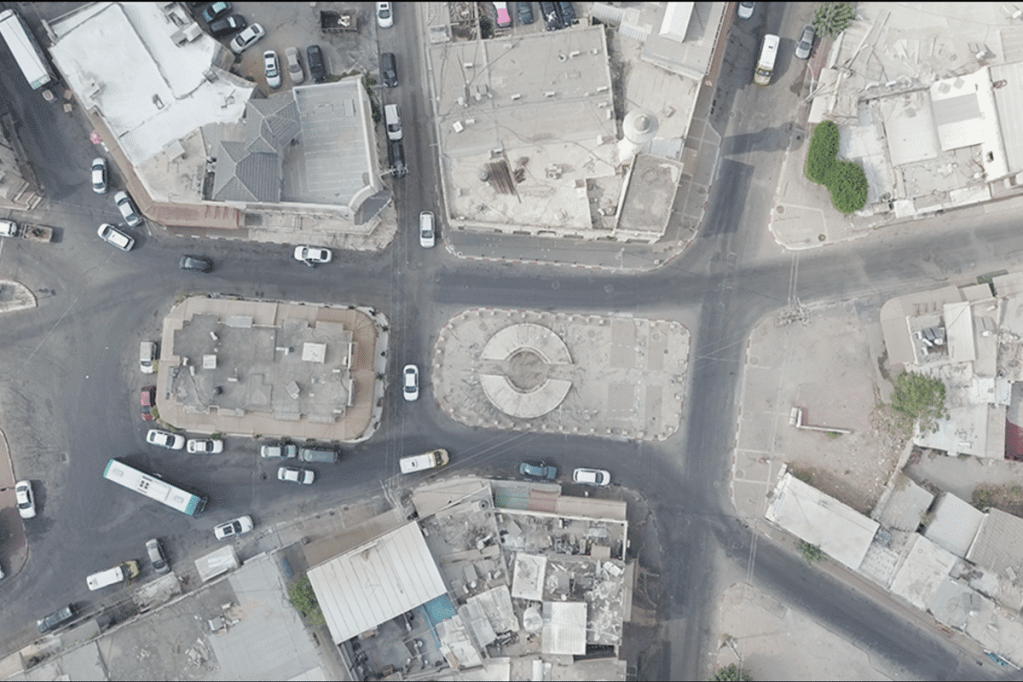
In the course of the film, we will hear from survivors of the Nakba, their children, and their grandchildren, as well as school teachers and young activists. We also hear from the current mayor of Lod – who insists the city is a thriving melting pot of cultures – and from former Israeli soldiers who fought in the 1948 war.
The first talking head we hear from is an elderly male survivor of the Nakba, who can still remember every excruciating detail of the terror he experienced while waiting out the violence with his family. It is a harrowing watch, but a vital one if the goal is gaining greater understanding the history of Israel-Palestine conflict.
The Voice of Lyd then introduces the alternate history: what if the conflict never started, and Lyd remained ‘the city that connected Palestine to the world’? And not only that, but what if Palestine were never colonised after WWI, and the people were able to fight off the incoming British Empire?
We see this alternate history play out in bright animated sequences, with cartoon versions of the subjects chosen for the documentaries’ talking heads, voiced by the very people they represent. These cartoons are content, and live freely to do as they please in their version of the city of Lyd. But even these happy cartoons cannot escape reality: it creeps in through cracks in their skyscrapers, and in reflections on the bus, demanding their full attention. The real Lyd – or Lod – cannot be ignored.
Archival tapes
In the first half of the film, the directors choose to contextualise the story of Lyd by using archival tapes from 1989, in which Palmach soldiers (belonging to the Zionist military organisation of the same name) tell their side of the story of the Nakba.
In their own words, these Palmach soldiers describe targeting a mosque within the city of Lyd and opening fire on the people inside – many of which they claimed were armed men. The tone they use is one of recounting heroic deeds, and there is an evident detachment from the emotion of the events. Sans any kind of commentary from the ‘Voice of Lyd’, and presented straight, the effect of these tapes is quite shocking.
When we cut back to the present day, the Voice of Lyd explains that the city is now commonly referred to by Israelis as Lod, and that the main town square is named Palmach Square, after those soldiers.
Among the many surprises of the documentary, I learned that Palestinians from Lyd have a huge connection to St George, and see his victory over the legendary dragon as a metaphor for overcoming colonisation. Some even believe his mother came from Palestine, and that his body is buried under the city.
So, in the corresponding animated sequence following the 1989 tapes, there is a massive bronze statue dedicated to St George has been erected in Lyd’s town square, which is no longer named after the Palmach. Tourists and locals gather around it as stories are recounted by the elderly.
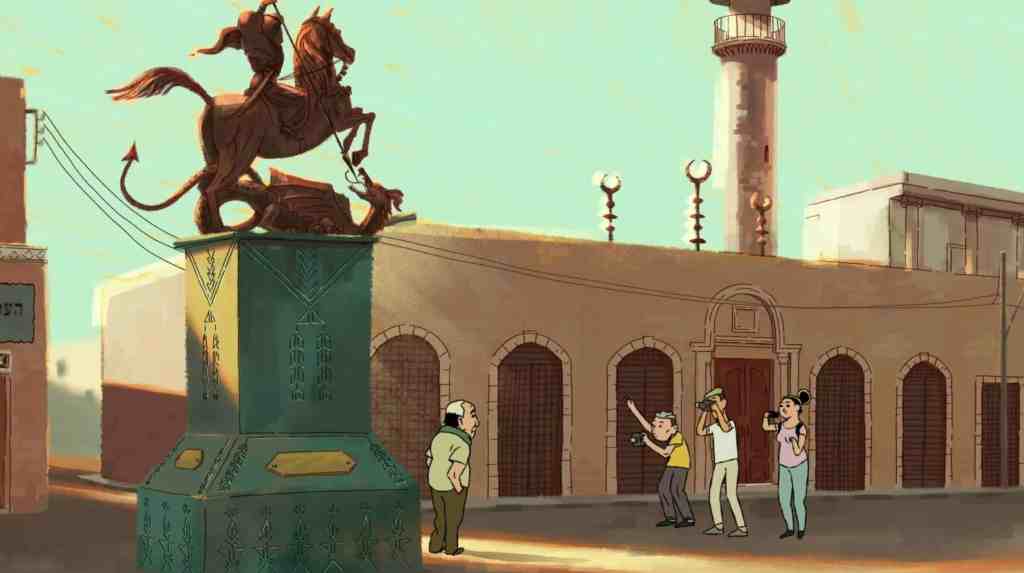
Act two begins in a very real refugee camp in Israel, where a number of Palestinians now live and work. The survivors of the Nakba here – such as one grandmother who tells her history while teaching her grandkids to peel and cut eggplant – have an immense task of remembering and recounting the horrors they experienced in 1948, while simultaneously living in a state of limbo; unable to ever return to the place they call home.
The Voice of Lyd bemoans the fact that many Palestinians who were exiled after the Nakba, including that grandmother, view ‘her’ city as an idyllic place that simply doesn’t exist anymore. They romanticise her, she explains, and refuse to accept the reality that what they knew of Lyd is now gone.
Meanwhile, in the alternate Lyd, two boys from the refugee camp can now roam freely and attend a lecture at the ‘Hannah Arendt Hall’ in a big university, and then take the bus home while discussing their plans for the festival of Eid Lydd, an Arab Christian holiday that is under no threat of becoming banned.
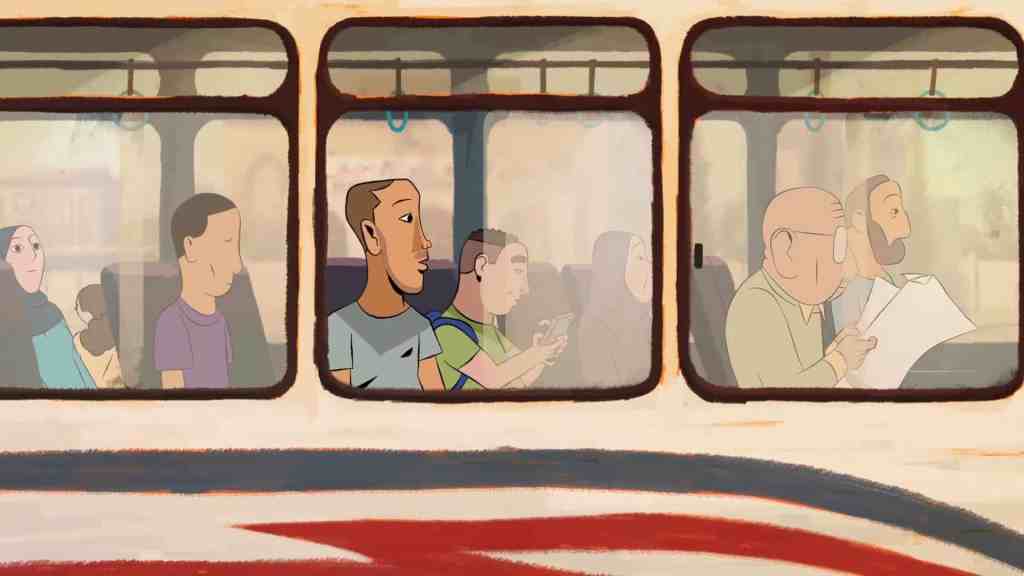
When we come back to reality, we are shown a modern day classroom in Lod, and a class of primary-school aged children. Their lesson takes place in a cramped, dark room with one table and a single teacher struggling with minimal resources.
They are learning about identity, and while many of the children are quick to identify themselves as Palestinian, there is not one of them in the class that can correctly answer where Palestine is on a map. Their teacher ends the lesson in tears, and wonders aloud if this is how they ‘vanish from the face of the earth’ in ten years’ time.
In a stunning VFX sequence, we are shown destroyed Palestinian buildings and structures being ‘reborn’ into modern day triumphs of architecture; refurbished and reimagined at the same time. In this version of reality, the teacher we met before can teach in a classroom where each student has a desk, pens, paper, etc, and she can write her lesson plans on the big blackboard behind her. It may seem simple to many of us, but for her it is transformative.
Lyd is showing this weekend at the Palestinian Film festival in Melbourne and Perth. For tickets and more information head to the Palestinian Film Festival website.
Actors:
Maisa Abd Elhadi
Director:
Sarah Ema Friedland and Rami Younis
Format: Movie
Country: Palestine
Release: 15 March 2024


